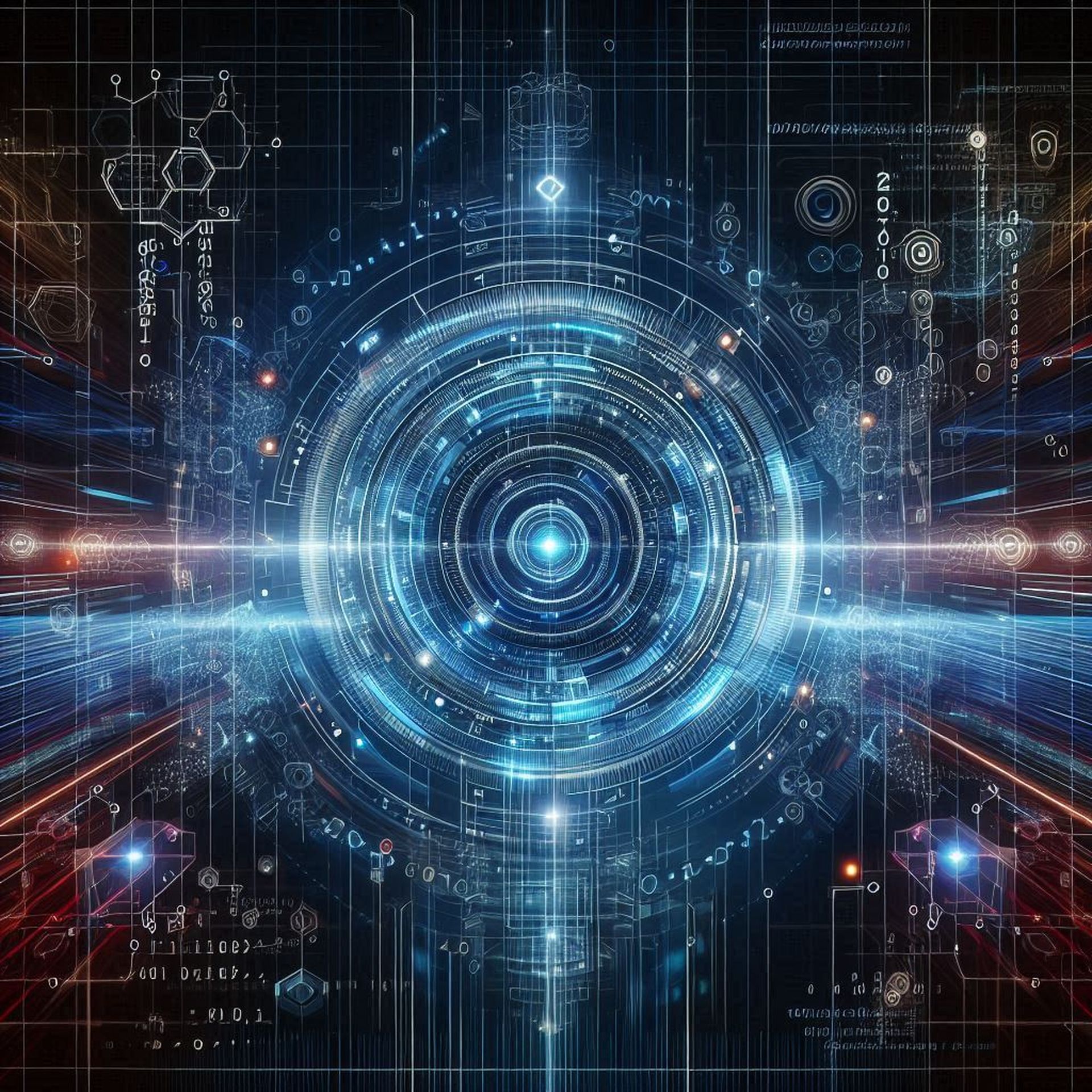Here is why you need to learn the RAG AI meaning and understand the consept of Retrieval-Augmented Generation: Artificial intelligence (AI) is getting smarter, but even the best large language models (LLMs) sometimes struggle to provide the latest and most accurate information.
These models are great at generating text, but they rely on training data that can become outdated. Retrieval-Augmented Generation (RAG) fixes this by allowing these models to pull in fresh information from external sources whenever needed. This means the AI can give more accurate, specific, and current answers. RAG makes AI more reliable and useful, ensuring that the information you get is both up-to-date and relevant.
RAG AI meaning: What is Retrieval-Augmented Generation?
Retrieval-Augmented Generation (RAG) is an advanced technique in the field of artificial intelligence (AI) designed to enhance the capabilities of large language models (LLMs). These models, known for their ability to generate human-like text, are traditionally trained on vast datasets but have limitations when it comes to providing up-to-date, specific, and reliable information. RAG addresses these limitations by combining the generative power of LLMs with the precision of information retrieval systems.

Here are the key components of RAG:
- Large language models (LLMs): These are AI models trained on extensive datasets to generate text. Examples include GPT-3, which can complete sentences, answer questions, and create content based on the input it receives.
- External knowledge bases: These are authoritative and frequently updated data sources that the LLM can reference. They include databases, APIs, document repositories, and other information stores that are not part of the LLM’s original training data.
- Information retrieval mechanism: This component retrieves relevant information from the external knowledge bases based on the user’s query. It ensures that the most pertinent and current data is fed into the LLM.
Retrieval-Augmented Generation (RAG) offers several key benefits, significantly enhancing the performance and reliability of large language models (LLMs). By integrating external data sources, RAG ensures that the generated responses are accurate and up-to-date, addressing the limitations of static training data. This capability boosts user trust as the AI can provide precise answers referencing authoritative sources. Furthermore, RAG is a cost-effective solution, avoiding the high expenses associated with retraining models by simply augmenting existing LLMs with fresh, relevant information. It also gives developers more control over the information sources, allowing for better customization and adaptability to specific domains or organizational needs. Overall, RAG makes AI applications more effective, trustworthy, and versatile.
How does RAG work?
Now, you know the RAG AI meaning. It’s time to take a closer look at its inner workings. The process begins when a user submits a query or request. This input can be in the form of a question, a command, or any text that requires a response from the system.

The user’s query is transformed into a numerical vector representation. This step is crucial because it allows the system to perform mathematical operations to find relevant information.
The system then searches for the most relevant information by matching the query vector against a pre-existing vector database. This database contains vectorized representations of documents, articles, databases, APIs, and other information sources.
The system uses algorithms to calculate the relevancy of each document in the database to the user’s query. The most relevant documents or data snippets are retrieved based on this calculation.
The specific pieces of information most pertinent to the query are extracted. This could include text snippets, statistical data, or any form of structured or unstructured data.
The retrieved information is then combined with the original user query to create an augmented prompt. This enriched prompt contains both the user’s input and the additional relevant information retrieved from external sources.
Techniques are applied to ensure that the augmented prompt is formatted and structured in a way that the LLM can process effectively. This step is crucial for improving the accuracy and relevance of the final response.
The LLM receives the augmented prompt and uses its extensive training data, along with the newly retrieved information, to generate a response. The model synthesizes this data to create a coherent and contextually appropriate output.
The system delivers a response that incorporates both its pre-existing knowledge and the latest, most relevant information from external sources. This ensures that the response is not only informed by a wide breadth of general knowledge but is also specific and up-to-date.
To keep the system effective, the external knowledge bases need to be updated regularly. This can be done through automated real-time updates or periodic batch processes.
Whenever new data is added, the vector representations in the database are also updated. This ensures that the retrieval component always has access to the most current information.

Example RAG workflow
Consider a smart chatbot designed to answer questions about company policies:
- User query: “What is the current vacation policy?”
- Relevance search: The system converts the query into a vector and searches the vector database containing company documents.
- Data retrieval: Relevant documents like the latest employee handbook and policy updates are retrieved.
- Augmented prompt creation: The retrieved policy details are combined with the user’s query.
- Response generation: The LLM generates a detailed answer based on both its training data and the specific policy documents.
- Final output: The user receives an accurate and up-to-date explanation of the vacation policy.
By integrating robust retrieval mechanisms with powerful generative models, RAG significantly enhances the capability of AI systems to provide accurate, relevant, and timely information. This combination ensures that responses are well-informed by both the extensive training of LLMs and the latest external data, making RAG a highly effective tool in various applications.
Applications of Retrieval-Augmented Generation
RAG can be particularly useful in scenarios where accurate, up-to-date information is crucial. Some applications include:
- Customer support: Providing precise answers to customer queries by referencing the latest product manuals, FAQs, and support documents.
- Healthcare: Offering up-to-date medical information by accessing current research papers, medical databases, and guidelines.
- Finance: Delivering accurate financial advice or information by referencing real-time market data and financial reports.
- Education: Assisting students with reliable information sourced from textbooks, academic journals, and educational websites.
Why should you understand RAG AI’s meaning?
Knowing about Retrieval-Augmented Generation (RAG) is important in today’s AI world. While large language models (LLMs) are powerful, they often struggle to give the most up-to-date and specific information. RAG solves this problem by allowing these models to use real-time, reliable data sources. This means the AI can provide accurate, current, and relevant answers.

Understanding RAG helps you see how AI can become more dependable and useful in various fields. It improves customer support by providing precise answers, offers updated medical information, gives accurate financial advice, and helps in education with reliable information. RAG makes AI systems more effective and trustworthy by always delivering the best and most recent information. By learning about RAG, you can better use AI to solve real-world problems and boost user trust and satisfaction.
All images are generated by Eray Eliaçık/Bing





